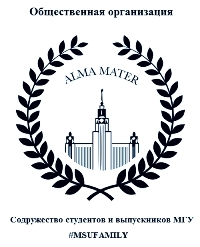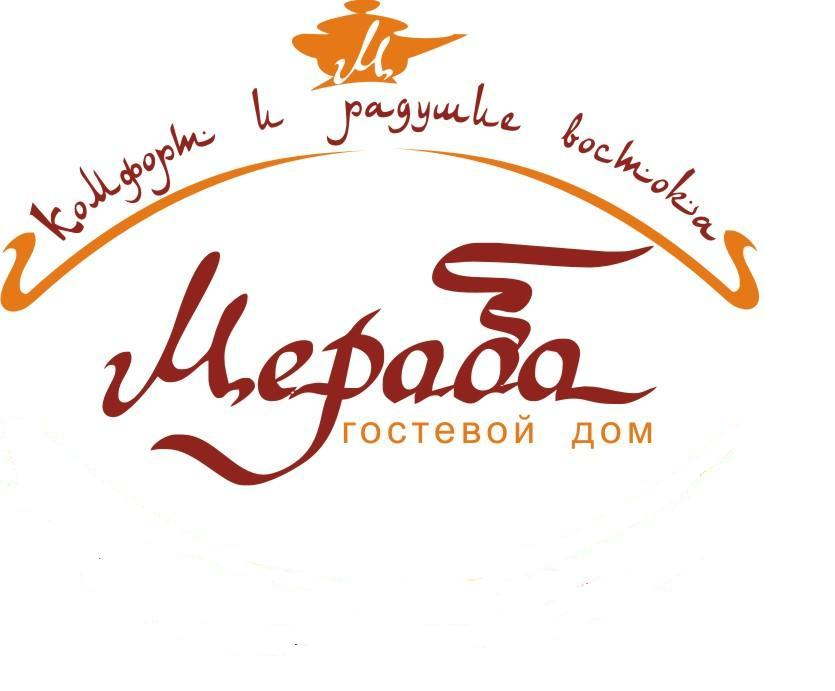МОЛОДЁЖНЫЙ ПРОЕКТ ДЛЯ ТЕХ, КТО ДЕЛАЕТ ПЕРВЫЕ ШАГИ В НАУКЕ
/components/bitrix/system.auth.form/auth_alm/images/login.gif) Войти
Войти /components/bitrix/system.auth.form/auth_alm/images/register.gif) Регистрация
Регистрация
Войти в корпоративную почту как автор/член редколлегии/рецензент журнала




Метеориты и планеты Солнечной системы
Маракушев А.А., Зиновьева Н.Г.
Метеориты и планеты Солнечной системы
Маракушев Алексей Александрович, доктор геолого-минералогических наук, академик РАН, главный научный сотрудник Института экспериментальной минералогии РАН (Черноголовка), профессор МГУ имени М.В.?Ломоносова
E-mail: belova@iem.ru
Зиновьева Нина Георгиевна, доктор геолого-минералогических наук, заведующая лабораторией локальных методов исследования вещества кафедры петрологии геологического факультета МГУ имени М.В.?Ломоносова
E-mail: nzinov@mail.ru
Метеориты являются обломками примитивных железо-силикатных планет, подвергавшихся взрывному распаду с образованием астероидов. В метеоритах запечатлено формирование не только примитивных хондритовых планет, но и планет земной группы, представляющих более высокую ступень дифференциации. Отчетливо прослеживается генетическая аналогия хондритовых планет и планет земной группы.
Ключевые слова: Солнечная система, планеты-гиганты, планеты земной группы, метеориты, хондриты, ахондриты, земные и лунные горные породы.
Marakushev A.A., Zinovieva N.G. Meteorites and Planets in the Solar System
Alexey A. Marakushev, D.Sc. (Geology and Mineralogy), Academician of Russian Academy of Sciences, RAS Institute of Experimental Mineralogy (Chernogolovka, Russia), Head of the Laboratory of Thermodynamics of minerals, Professor at Lomonosov Moscow State University
E-mail: belova@iem.ru
Nina G. Zinovieva, D.Sc. (Geology and Mineralogy), Geological Faculty of Lomonosov Moscow State University, Petrology Chair, Head of the Laboratory of High Spatial Resolution Analytical Techniques
E-mail: nzinov@mail.ru
The latest data of astronomy and cosmic petrology come in conflict with the traditional hypothesis that planets were produced by the accretion of stony (meteoritic) planetesimals. The accretion hypothesis fails to explain such very important features of planets as their endogenic activity, which is fuelled by fluids ascending from the molten cores of the planets and continues until the complete solidification of the latter. For example, the endogenic activity of the Earth continues for 4.6 Ga. These considerations are at variance with the hypothesis that accretion was the leading mechanism that produced planets, and they were obviously more closely related to giant planets than it is now commonly believed. The iron-silicate material of the Solar System occurs as massive bodies (planets and their satellites) and fragmentary objects (meteorites). All fragmentary material of the Solar System was produced as a result of the breakup (mostly explosive) of planets and their satellites. This is important to emphasize because according to erroneous cosmologic concepts and hypotheses, which nevertheless were prevalent for a long period of time, iron-stony material accreted and gave rise to planetesimals, planets, and meteorites. No such process has, in fact, ever occurred in the Solar System. Fragmentary material is accumulated first of all in the asteroid belt and is then either lost from the Solar System or is captured by planets in the form of meteorites. We suggest a principally new theory for the origin of planets. The starting point of this theory is the chemical composition of the Solar System, which was completely inherited from a giant star. The latter had exploded as a supernova and gave rise to a rapidly rotating gas disk. As it cooled, icy planetesimals with iron-silicate dust were formed. They consisted of hydrogen in the central part of gas disk and water in its peripheral parts. They produced the mass of the Sun surrounded by rapidly rotating giant planetsю the latter generated iron-silicate derivatives of planets (in their cores) and satellites. Upon reaching its star state, the Sun induced the dissipation of the giant disk, in which it was formed along with giant planets, to space. The near-Sun giant planets later lost their fluid envelopes and satellite systems (the only preserved satellites are the Moon, Phobos, and Deimos), whereas the iron-silicate cores gave rise to individual planets: (i) layered ones (which are the closest to the Sun), the terrestrial planets, and (ii) primitive unlayered (chondritic) planets, which eventually exploded and produced asteroids. Asteroids compose a belt from which meteorites (chondrites) originate. Information obtained on meteorites provides insight into the endogenic evolution of the giant planets, including those lost by the Solar System, which were parental for the terrestrial and chondritic planets. The latter eventually broke up into asteroids. The endogenic activity of the giant planets was of "centrifugal" nature and became progressively younger with increasing distance from the Sun. This activity was of irreversible oxidative character and was controlled by the selective loss of hydrogen from the planets and a corresponding increase in the Н2О/Н2 ratio in their fluid envelopes. This predetermined the position of the terrestrial planets closer to the Sun, and these planets could be produced only via the layering of primitive chondritic planets with a metallic matrix. Away from the Sun, chondrule-matrix oxidative interaction proceeded in chondrites and resulted in the replacement of their metallic matrix by a silicate one and the corresponding loss of their ability to layer.
This theory was formulated based on the detailed petrological study of major types of meteorites, with the application of scanning electron microscopy, X-ray microanalysis, and the analysis of mineral assemblages, and with the comparison of these results with data on terrestrial and lunar rocks.
Keywords: Solar system, giant planets, terrestrial planets, meteorites, chondrites, achondrites, terrestrial and lunar rocks












